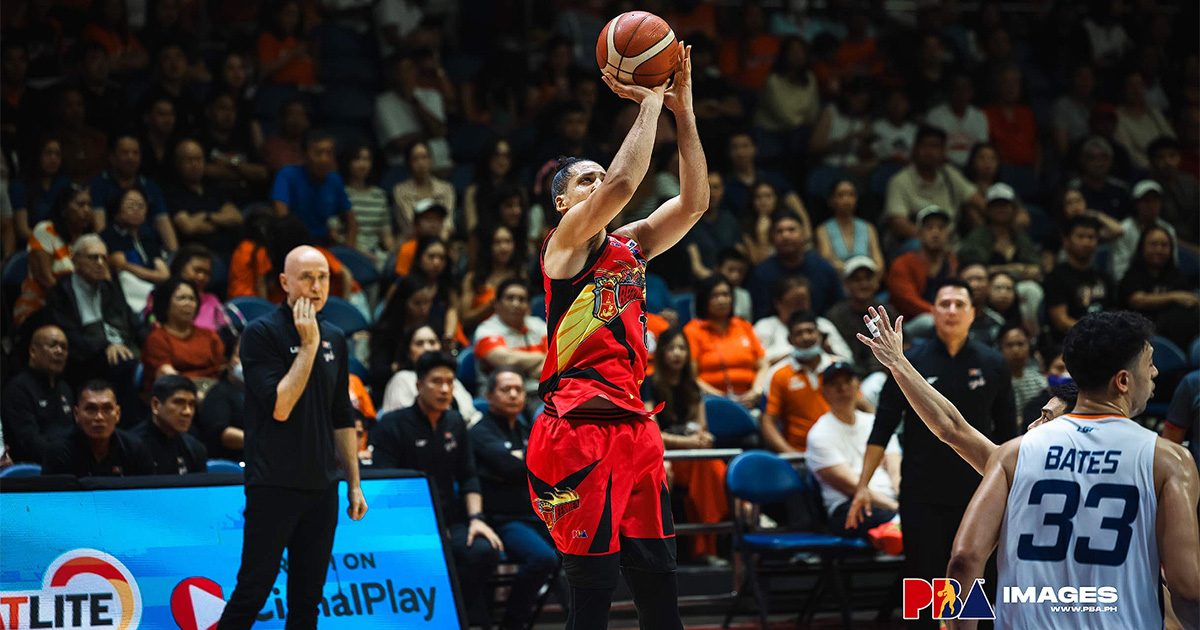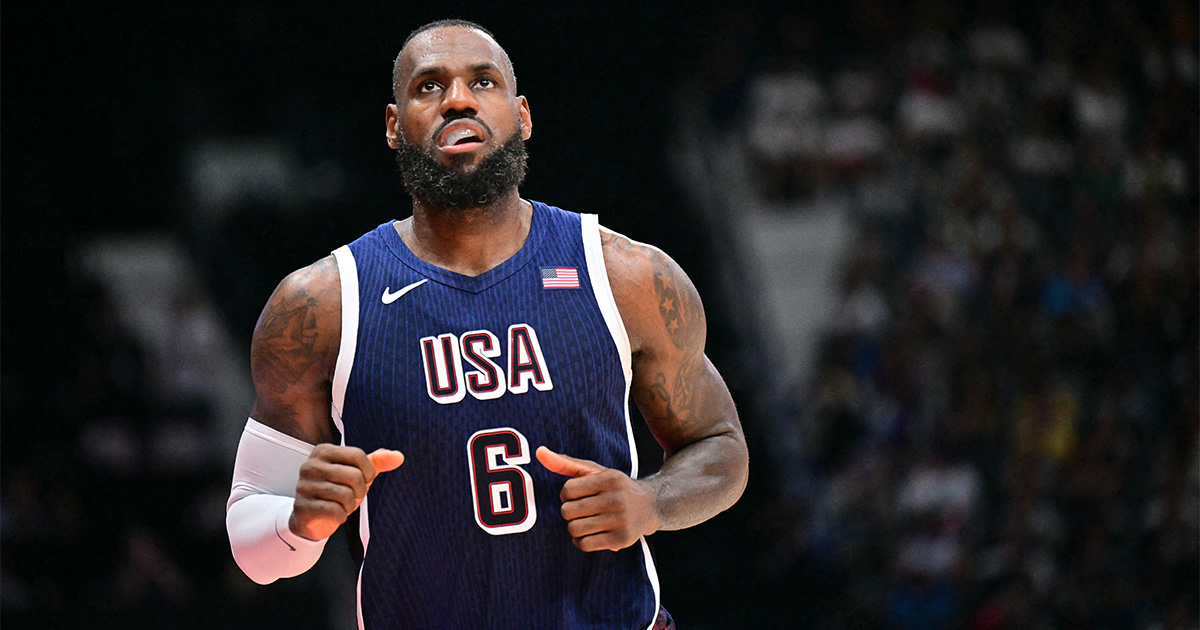The Philippine Basketball Association (PBA) pulsates with the rhythm of passionate fans, legendary rivalries, and ever-evolving playing styles. From the era of towering giants and backdoor cuts to the modern spectacle of three-point barrages and high-flying dunks, the PBA landscape has undergone a dramatic transformation.
Today, we embark on a time-traveling journey, dissecting the key phases that shaped the evolution of playing styles in the league, unveiling the factors that fueled these changes, and exploring the impact on the game we love.
The Early Years: Domination by Size and Strength (1975-1985)
The PBA’s infancy was marked by a distinct emphasis on size and strength. Towering centers like Robert Jaworski (6’5″), Cesar Legaspi (6’7″), and Dondon Ampalayo (6’6″) ruled the paint, dictating the tempo with powerful post moves and relentless rebounding. The pace was slower, with an emphasis on ball control, mid-range shooting, and backdoor cuts. Teams prioritized physicality and defensive toughness, with iconic rivalries like Toyota vs. Crispa often resembling heavyweight boxing matches.
The Rise of Skill and Speed (1985-1995)
The mid-80s witnessed a shift towards finesse and agility. The emergence of iconic guards like Alvin Patrimonio (5’11”) and Allan Caidic (6’1″) signaled a new era of ball-handling wizardry and perimeter shooting. Teams started embracing a faster pace, utilizing the fast break and exploiting mismatches with quick passes and cutting maneuvers. This period also saw the development of the “triple-threat” offensive weapon, empowering guards to create their own shots or distribute with lethal efficiency.
The Arrival of the Three-Point Revolution (1995-2005)
The introduction of the three-pointer in 1979 slowly began to reshape the PBA landscape, but it truly exploded in the late 90s and early 2000s. Players like Eric Menk and Bong Alvarez became pioneers of the “stretch four” archetype, combining size with long-range shooting. Teams started strategically spacing the floor, exploiting mismatches, and raining down three-pointers, changing the defensive paradigm forever. This era also saw the rise of iconic scorer, Asi Taulava, showcasing the lethal combination of power and finesse in the paint.

The Age of Positionless Basketball and Modern Analytics (2005-Present)
The 21st-century PBA has been defined by the blurring of traditional positions and the increasing sophistication of basketball analytics. Players like James Yap and Jayson Castro seamlessly transitioned between guard and forward roles, creating headaches for opposing defenses. Coaches embraced “small ball” lineups, prioritizing spacing and offensive versatility oversize. Analytics revolutionized scouting, player development, and game planning, optimizing rotations and maximizing individual strengths. The game became faster, more dynamic, and predicated on strategic adjustments and quick decision-making.
The Future of Playing Styles:
So, what’s next for the PBA’s playing style evolution? Here are some potential trends:
- Continued emphasis on three-point shooting: With the effectiveness of the three-pointer, expect teams to prioritize perimeter marksmen and spacing strategies.
- Increased focus on player development and athleticism: Advanced training methods and sports science will likely play a greater role in optimizing players’ skillsets and athleticism.
- Further blurring of positions: Traditional roles might become even more fluid, with players expected to contribute offensively and defensively from multiple positions.
- The rise of analytics and strategic innovation: Expect coaches to leverage data and technology even more to optimize lineups, design game plans, and exploit opponent weaknesses.
In this extensive exploration, we embark on a comprehensive journey through the decades, dissecting the transformation of playing styles in the PBA, from the ground-breaking strategies of the pioneers to the modern era’s emphasis on versatility and analytics.
The Pioneering Years (1970s):
- The Birth of PBA and Traditional Fundamentals:
- Examining the early days of the PBA, where fundamental basketball, layups, and mid-range jumpers dominated the scene.
- Case studies: The Crispa Redmanizers and Toyota Super Corollas’ battles are defined by traditional post-play and mid-range shooting.
- The Big Men Dominance:
- Analyzing how dominant big men like Ramon Fernandez and Abet Guidaben shaped the playing style, emphasizing post-up plays and inside scoring.
- Case studies: The Crispa-Toyota rivalry is marked by the dominance of big men and the emergence of “El Presidente” Ramon Fernandez.
The Fast and Furious 80s:
- Introduction of the Fast Break:
- Exploring the shift towards a more up-tempo game, with teams employing fast-break strategies and quick transition plays.
- Case studies: Ginebra San Miguel’s “Never-Say-Die” mentality and the impact of Robert Jaworski in introducing a faster-paced playing style.
- The Rise of Guard Dominance:
- Analyzing the emergence of guard-centric playing styles, with point guards becoming playmakers and scoring threats.
- Case studies: The influence of guards like Hector Calma, Atoy Co, and Freddie Hubalde in shaping guard-oriented playing styles.

The Triangle Offense Era (1990s):
- Triangle Offense and Strategic Plays:
- Examining the adoption of the triangle offense and strategic plays, emphasizing ball movement, spacing, and player positioning.
- Case studies: Tim Cone’s implementation of the triangle offense with Alaska and the team’s success in the 1990s.
- Imported Talents and Explosive Scoring:
- Analyzing the impact of foreign imports on playing styles, introducing dynamic scoring and athleticism.
- Case studies: The explosive scoring of imports like Sean Chambers and Tony Harris, influenced local players to adapt to a faster-paced game.
Factors Shaping Playing Styles
Coaching Innovations
- The evolution of playing styles in the PBA has been heavily influenced by coaching innovations and strategic advancements.
- Coaches have played a pivotal role in introducing new offensive and defensive systems, as well as maximizing the skill sets of their players to adapt to changing trends in the sport.
Player Development and Training
- The development of players’ skill sets and athleticism has also contributed to the evolution of playing styles in the PBA.
- As players become more versatile and well-rounded, they are better equipped to excel in modern basketball systems that demand a combination of scoring, playmaking, and defensive versatility.
Global Influence
- The global influence of basketball, particularly through international competitions and the widespread coverage of the NBA, has exposed players, coaches, and fans to different playing styles and strategies from around the world.
- This exposure has led to the integration of various elements of play from different basketball cultures into the PBA.
The New Millennium and Beyond:
- Three-Point Revolution:
- Exploring the paradigm shift towards three-point shooting, with teams incorporating long-range threats and stretching the floor.
- Case studies: The emergence of three-point specialists like Allan Caidic and the strategic use of three-pointers in modern basketball.
- Versatility and Positionless Basketball:
- Analyzing the trend towards positionless basketball, where players are expected to be versatile and contribute across multiple positions.
- Case studies: The influence of versatile players like James Yap and Marc Pingris in adapting to the changing demands of the game.

Modern Analytics and Strategy:
- Analytical Approach to Player Performance:
- Examining how analytics and advanced statistics have influenced coaching decisions, player rotations, and strategic plays.
- Case studies: The integration of analytics in coaching decisions and player development, enhancing overall team performance.
- Defensive Strategies and Efficiency:
- Analyzing the evolution of defensive strategies, focusing on efficiency, shot selection, and minimizing turnovers.
- Case studies: Defensive specialists like Jerry Codiñera and the influence of defensive-minded coaches on team strategies.
The Cultural Impact and Future Trends:
- Cultural Impact of Playing Styles:
- Exploring how playing styles in the PBA influence Philippine basketball culture, from youth development to fan engagement.
- Case studies: The cultural impact of iconic teams and playing styles, shaping the way basketball is played and appreciated in the Philippines.
- Future Trends and Innovation:
- Speculating on the potential future trends in PBA playing styles, considering the influence of global basketball trends and emerging innovations.
- Case studies: The potential impact of emerging talents, coaching philosophies, and technological advancements on the future of playing styles in the PBA.
The rule changes in the early 2000s had a significant impact on the style of play in the PBA. These changes, primarily focused on temporal and structural aspects of the game, influenced various aspects of the game, including technical performance indicators and the overall gameplay. Here’s how these rule changes affected the style of play in the PBA:
- Temporal Aspects of the Game
- The modification of the temporal aspects of the game, such as reducing the time for ball possession from 30 to 24 seconds and changing the duration of periods from 20 to 12 minutes each, significantly affected the pace and rhythm of the game.
- The shift to shorter possessions and quarters led to a more fast-paced and high-scoring brand of basketball in the PBA.
- Structural Aspects and Shot Clock
- The structural aspect of restarting the 24-second shot clock influenced offensive strategies, emphasizing offensive spacing and ball movement to adhere to the shot clock regulations.
- These changes favored a more up-tempo style of play and encouraged teams to prioritize quick decision-making and faster offensive transitions.
- Free Throw Rules
- Changes in free throw rules, such as altering the moment at which free throws are performed due to an accumulation of personal fouls, allowed teams to increase their pressure defense and exploit opportunities provided by the regulations to score points and break the game pace.
- Technical-Tactical Performance Indicators
- The number of ball possession situations displayed a strong persistence throughout the analyzed seasons, indicating the enduring influence of these rule modifications on the style of play in the PBA.
- Coaches and players adapted to the new rules, leading to adjustments in defensive strategies, foul management, and overall game tempo.
Conclusion:
The evolution of playing styles in the PBA is a dynamic narrative, reflecting the changing landscape of basketball both locally and globally. From the foundational years characterized by traditional fundamentals to the modern era’s emphasis on analytics and versatility, the PBA’s journey mirrors the ever-evolving nature of the sport.
As we delve into the intricate details of each era, we gain a deeper appreciation for the resilience, adaptability, and innovation that have defined the playing styles of the league’s greatest teams across generations.

















Fcaebookkbba
Nutrizen Keto Supplement Price
Garrison Reynolds